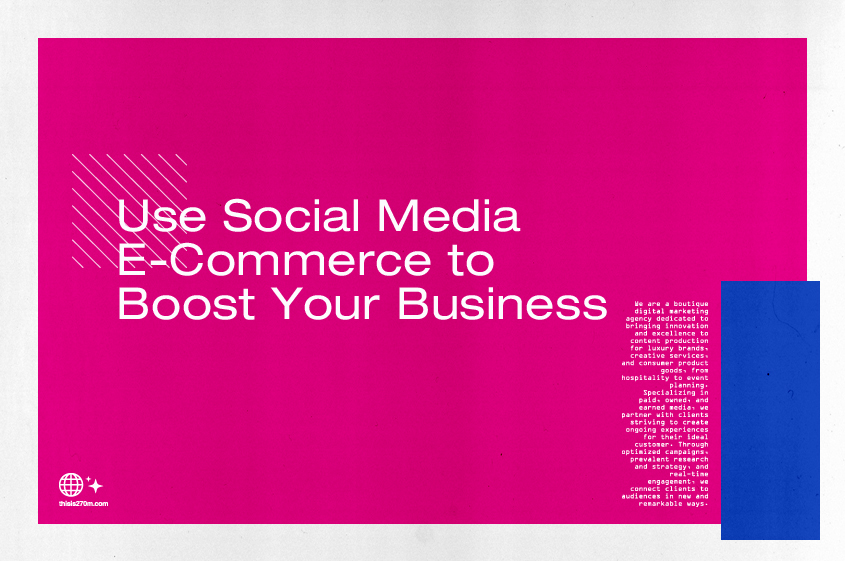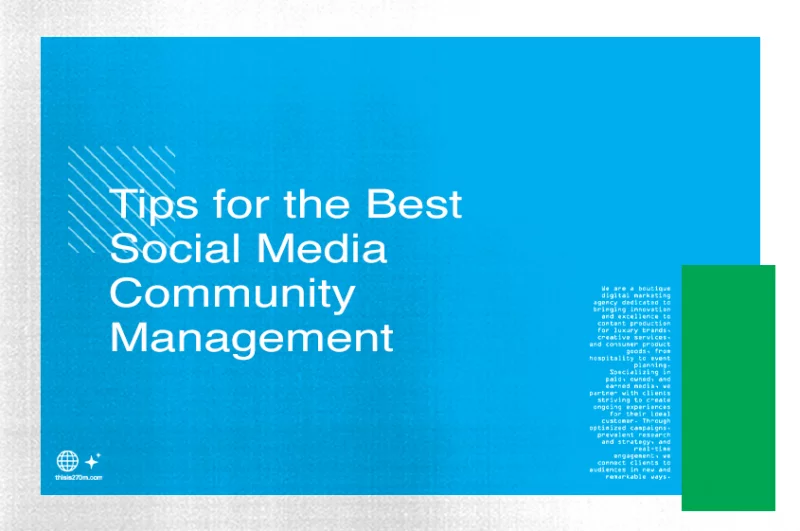Crisis Management on Social Media: Navigating Challenges Effectively
In today’s digital age, where information spreads rapidly and social media platforms serve as hubs of communication, effective crisis management on social media is more crucial than ever. A single tweet or post can escalate a minor issue into a full-blown crisis within minutes. It is important to have crisis management tools available to your community management team so they have safe and effective strategies for navigating challenges.
The Power of Social Media in Crisis
First, it is important to be aware of how the beast that is social media operates when there is a crisis so that your team can respond appropriately. Social media has the power to amplify both positive and negative stories. During a crisis, negative information can spread like wildfire, potentially damaging your brand’s reputation. It is often best to assess whether this is a small-scale issue that can be dealt with through social media interaction or if it should be dealt with at a higher level
If it is smaller scale, then there are some positive elements to communicating through social media. It can also be used in tandem with other outlets for bigger crises so you maintain a more intimate relationship with your customers. Social media provides a direct line of communication with your audience. During a crisis, timely and transparent communication is essential to address concerns, provide updates, and manage public perception.
Stakeholders, including customers, employees, investors, and the media, turn to social media for information during a crisis. Engaging with these stakeholders in a meaningful way can influence their perception and trust in your response.
Read Also: Five Ways TikTok Can Help Grow Your Business
Strategies for Effective Crisis Management on Social Media
1. Preparation is Key
Proactive planning is critical to effective crisis management. Develop a crisis communication plan that includes roles and responsibilities, escalation procedures, and message templates. Identify potential crisis scenarios and prepare responses in advance.
2. Monitor Social Media
Use social media monitoring tools to stay vigilant and track mentions, trends, and conversations related to your brand. Early detection allows you to respond swiftly.
3. Empower Your Team
Empower a dedicated crisis management team with the authority to respond promptly. Ensure team members are trained and equipped to handle social media crises effectively.
4. Assess the Situation
When a crisis emerges, assess the situation before responding. Understand the scope, severity, and potential impact of the crisis. Identify key stakeholders and the most appropriate channels for communication.
5. Be Transparent and Honest
Honesty and transparency are non-negotiable during a crisis. Admit mistakes, share accurate information, and communicate clearly. Avoid the temptation to conceal or downplay the issue, as it can exacerbate the crisis.
6. Provide Regular Updates
Keep your audience informed with regular updates as the situation unfolds. Address questions and concerns promptly, even if you don’t have all the answers. Acknowledge that you are actively working on a resolution.
7. Show Empathy and Compassion
Demonstrate empathy and compassion in your responses. Acknowledge the concerns and feelings of those affected by the crisis. A compassionate tone can go a long way in calming a tense situation.
8. Use Hashtags and Crisis Messaging
Create a dedicated crisis hashtag and messaging to centralize communication around the issue. This helps you maintain control over the narrative and ensures consistent messaging.
9. Engage in Two-Way Communication
Engage with your audience on social media by responding to comments and messages. Address concerns and offer assistance when possible. Avoid automated or robotic responses.
10. Learn and Improve
After the crisis has subsided, conduct a post-crisis analysis to evaluate your response. Identify areas for improvement and update your crisis communication plan accordingly.
Case in Point: Successful Crisis Management
One notable example of effective crisis management on social media is how Johnson & Johnson handled the Tylenol poisoning crisis in 1982. They responded swiftly by recalling millions of bottles and communicated transparently with the public. Their commitment to safety and accountability rebuilt trust and set a precedent for crisis management.
In the digital age, social media can be a double-edged sword, both a source of crisis and a platform for effective crisis management. A well-prepared and responsive approach is essential to navigate challenges effectively. By planning ahead, monitoring social media, and communicating honestly and transparently, your brand can weather storms and emerge stronger from crises, building trust and credibility with your audience. Remember that in the world of social media, the way you handle a crisis can define your brand for years to come.


